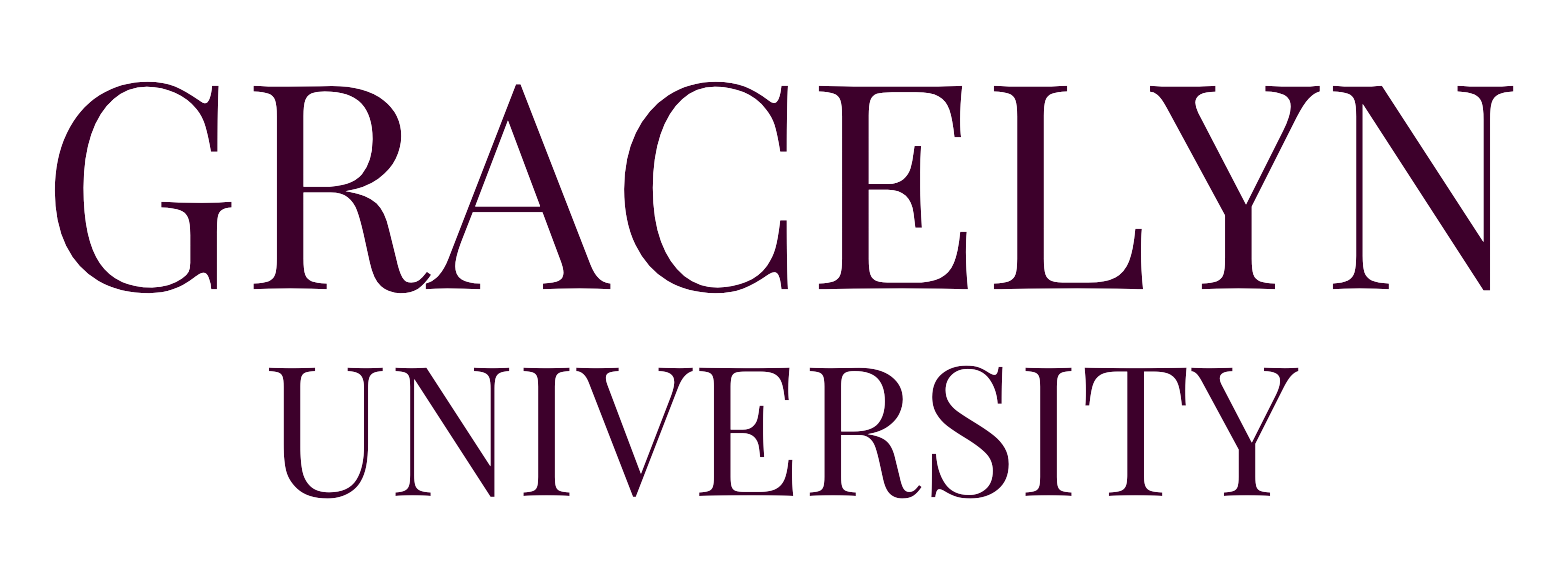News
Strategies for Working with ELL Students
What if all teachers knew effective strategies for working with ELL students?
At Hartwell The Educators University, all graduates complete courses in strategies for teaching ELL students.
As experienced K-12 educators, we understand the unique challenges and opportunities that come with teaching English Language Learners (ELLs) in our classrooms. These students bring a wealth of cultural diversity and perspectives, but they also require specialized instructional strategies to support their language acquisition and academic success.
One of the most effective approaches is to incorporate visuals extensively, such as pictures, gestures, and graphic organizers. These visual aids not only reinforce vocabulary and concepts but also provide a crucial scaffold for ELLs to comprehend and engage with the content (Echevarria et al., 2017). Additionally, speaking slowly, enunciating clearly, and avoiding idioms or complex language structures can greatly enhance ELLs’ understanding (Haynes, 2007).
Hands-on, project-based learning activities that encourage peer interaction and rich language use are also highly beneficial for ELLs. Strategies like the Picture Word Inductive Model (PWIM), Total Physical Response (TPR), and the Language Experience Approach (LEA) actively involve students in the learning process and promote language development (Herrell & Jordan, 2020).
Differentiation is key when working with ELLs, as their English proficiency levels and background knowledge can vary significantly. Conducting frequent informal assessments can help us monitor their comprehension and tailor our instruction accordingly (Echevarria et al., 2017). Additionally, building positive relationships with ELL students by learning about their cultures and making cultural connections can foster a supportive and inclusive learning environment (Haynes, 2007).
By implementing these research-based strategies and being mindful of our ELL students’ unique needs, we can create a classroom environment that promotes language acquisition, academic success, and cultural appreciation.
About Hartwell – The Educators University
Hartwell is dedicated to empowering K-12 education leaders by fostering the growth of their people into competent and compassionate educators and leaders. Our mission is to ensure every child is taught by educators trained from a biblical worldview, emphasizing both excellence and empathy. Through our affordable online pathways to education degrees, we make careers in K-12 education accessible to everyone, enabling a new generation of teachers and leaders to inspire and educate future generations.
Discover more about our programs and scholarship opportunities at Hartwell.
Sources:
– Echevarria, J., Vogt, M., & Short, D. J. (2017). Making content comprehensible for English learners: The SIOP model (5th ed.). Pearson.
– Haynes, J. (2007). “Explaining BICS and CALP.” Everythingesl.net, https://www.everythingesl.net/inservices/bics_calp.php
– Herrell, A. L., & Jordan, M. (2020). 50 strategies for teaching English language learners (6th ed.). Pearson.

